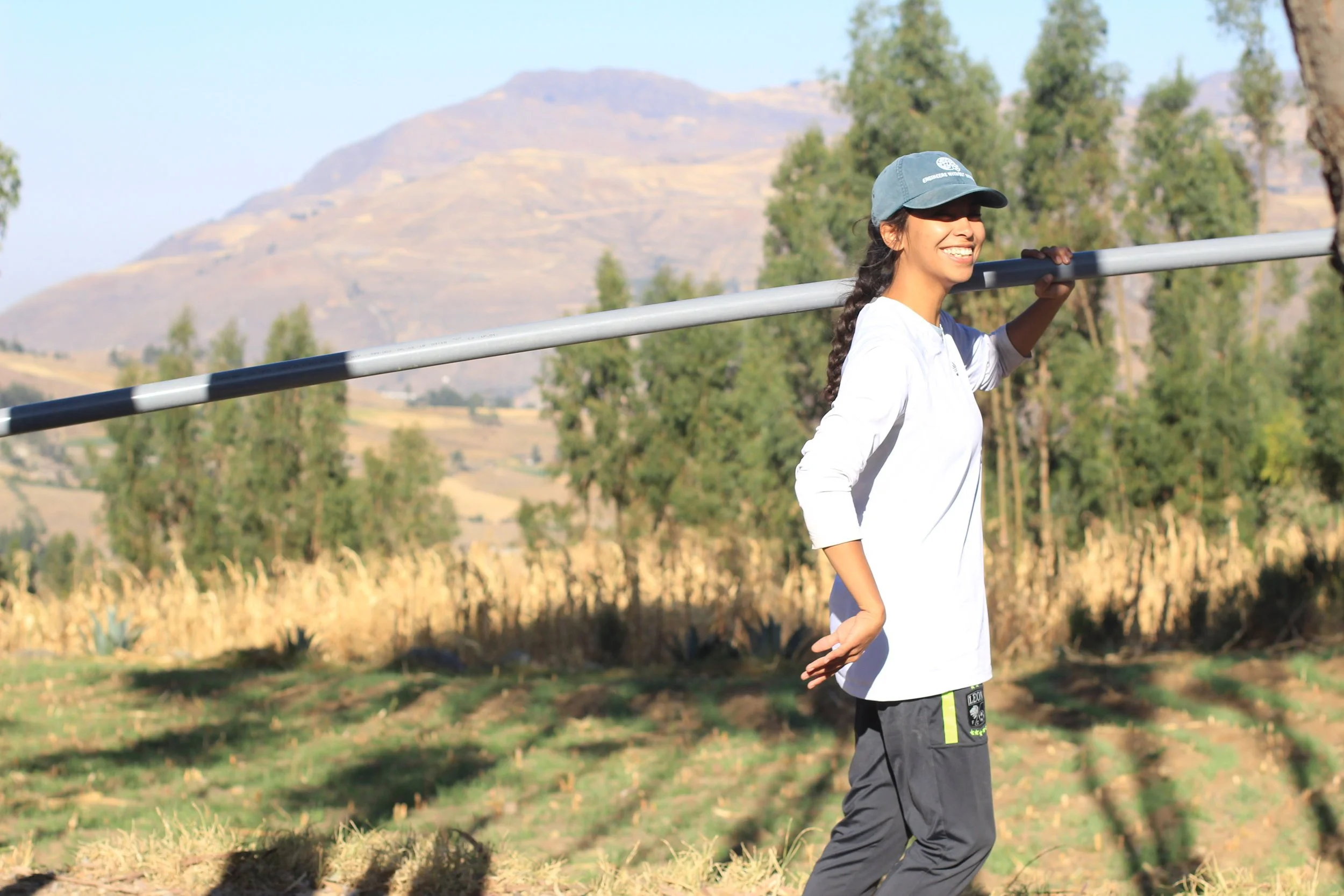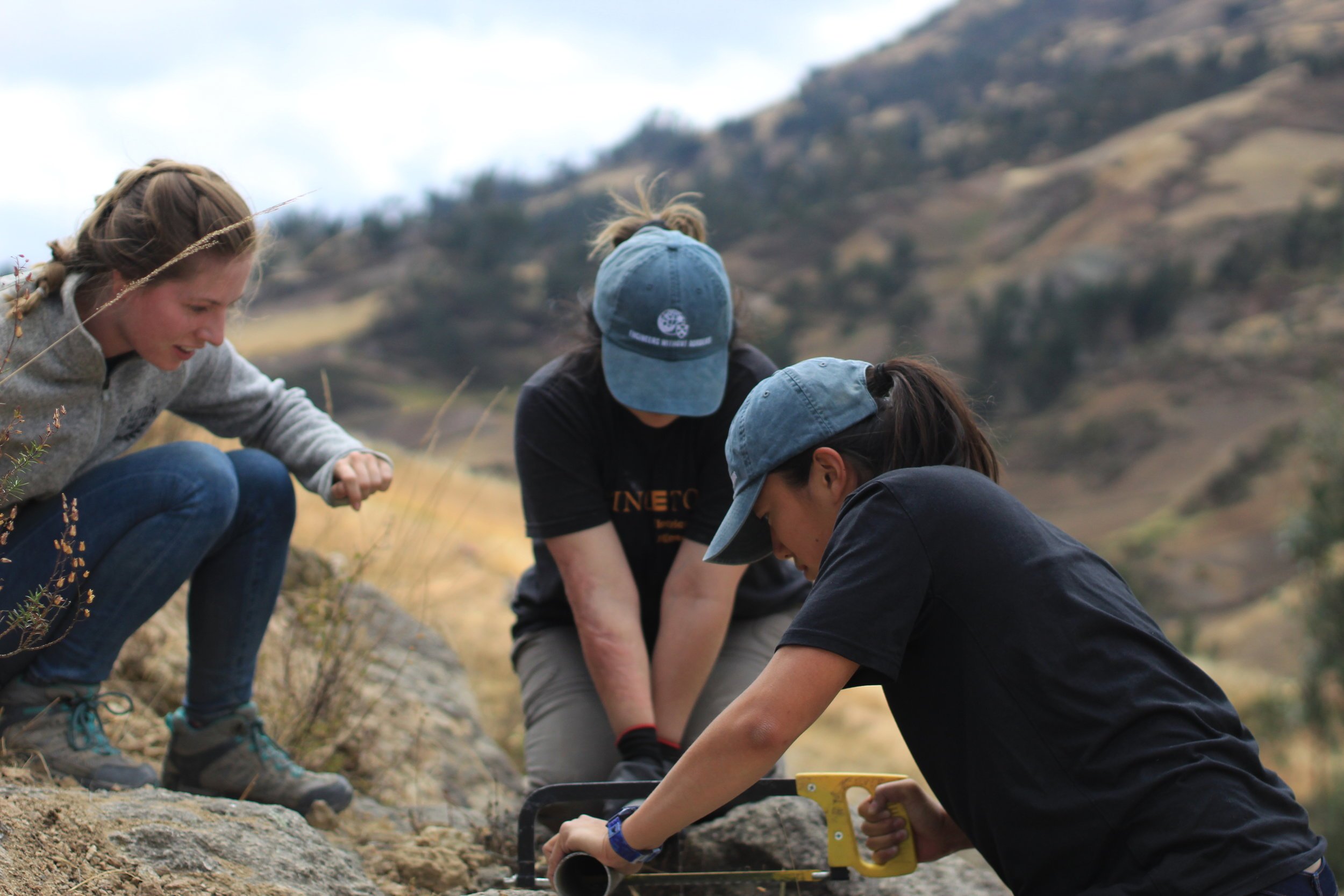Peña, Penca, and Puppies
By Claire Wayner and Yulissa Cantero
Pranav (left), Claire (center), and Sydney (right) work at pickaxing a trench for a drainage pipe for the reservoir.
Today marks the halfway point of our trip and the end of our second full week working in Pusunchás. One of our tasks from this past week has been continuing to work at the system reservoir with our contracted mason, Tito, to construct the necessary chlorination tank, an additional measure to ensure that the water delivered by the system is safe for community members to drink. In order to allow for the chlorine to passively drip into the reservoir (a solution which cuts costs and saves energy), the chlorination tank must be located slightly above the reservoir opening, which currently stands at 2.3 meters high (or 7.5 feet). With this in mind, our final design places the tank on four rebar-reinforced concrete columns, 2.4 meters tall and located directly adjacent to the reservoir.
The rebar foundation for the chlorination tank columns.
A view from above of the foundation for the tank being laid.
To enhance the stability of these columns, we’ve included an underground component in the design, which has required us, alongside other community members, to excavate a 60 cm deep hole next to the reservoir in which the foundation of the columns will be laid. Halfway through the digging process, we discovered an enormous piece of bedrock, known as peña in Spanish. This word is oddly similar to pena, which means “pain” in Spanish. Coincidence? We think not, after the entire day we spent, among other tasks, chipping away at the peña using pickaxes and a special tool known as an earthbreaker, all to get it down to the necessary 60 cm depth. In spite of the fierce blisters which have developed on our hands and our uncomfortably sore shoulders, we successfully got to the proper depth, and Tito is now at work laying the rebar and concrete foundation of the tank’s columns. As is said in Spanish (and sung by famous Latin artist Marc Anthony), valió la pena -- it was worth the effort.
Pranav using an earthbreaker.
Riley using an earthbreaker.
In addition to our work at the reservoir, we’ve been supervising and assisting with laying the last section of pipe remaining in Chimur, the southernmost (and one of the steepest) part of Pusunchás. The travel team last year completed about 30% of this segment last year, and after talking with Chimur’s four households to be part of the system, we began two days ago to glue PVC pipe, put it in the pre-dug trenches, and cover it up with dirt and boulders. Besides running into some stretches of peña, which we had to excavate using our all too familiar methods of pickaxing, we’ve also encountered another infamous obstacle: penca (really, why are these words so similar??). An indestructible plant consisting of several layers of leaves tipped with wicked sharp spikes, penca has assaulted many of our travel team members in our efforts to dig trenches and lay pipe through the desert environment of Pusunchás. Upon being poked by its deadly talons, some of our members have even experienced a sensation of numbness, losing feeling in the affected area for up to several hours. The biggest harm of penca however is the shame of something so stationary sneaking up on us so often.
Yulissa carrying a PVC pipe to the trench.
Linda (center) and Sydney (right) cut a piece of pipe for the line while Kristen (left) looks on.
Penca in tree form with humans next to it for sizing context.
Penca really is a pena in the butt, but in certain circumstances, we’ve used its horrific nature to our advantage, planting rows of it on top of our pipelines where the line is particularly shallow or vulnerable to human interference (perhaps due to some underground peña which made excavation to the usual 40 centimeter depth unfeasible). Lucky for us, penca has a rather shallow root system, meaning it serves nicely as a natural deterrent and protector of our underground water pipes while not interfering with the pipes themselves.
A row of penca which we planted on top of a pipeline.
Not all of our work this past week has been filled with dread. One of the greatest rewards of Pusunchás thus far (besides seeing people get fresh water, of course) has been the ubiquitous puppies of all shapes and sizes. Unlike at Princeton, where we are prohibited from keeping furry animals in our dorms (a real tragedy), dogs are everywhere in Pusunchás, and since dogs have to come from somewhere, there are also a significant number of puppies. This has proven to be an invaluable pick-me-up for all of our travel team members.

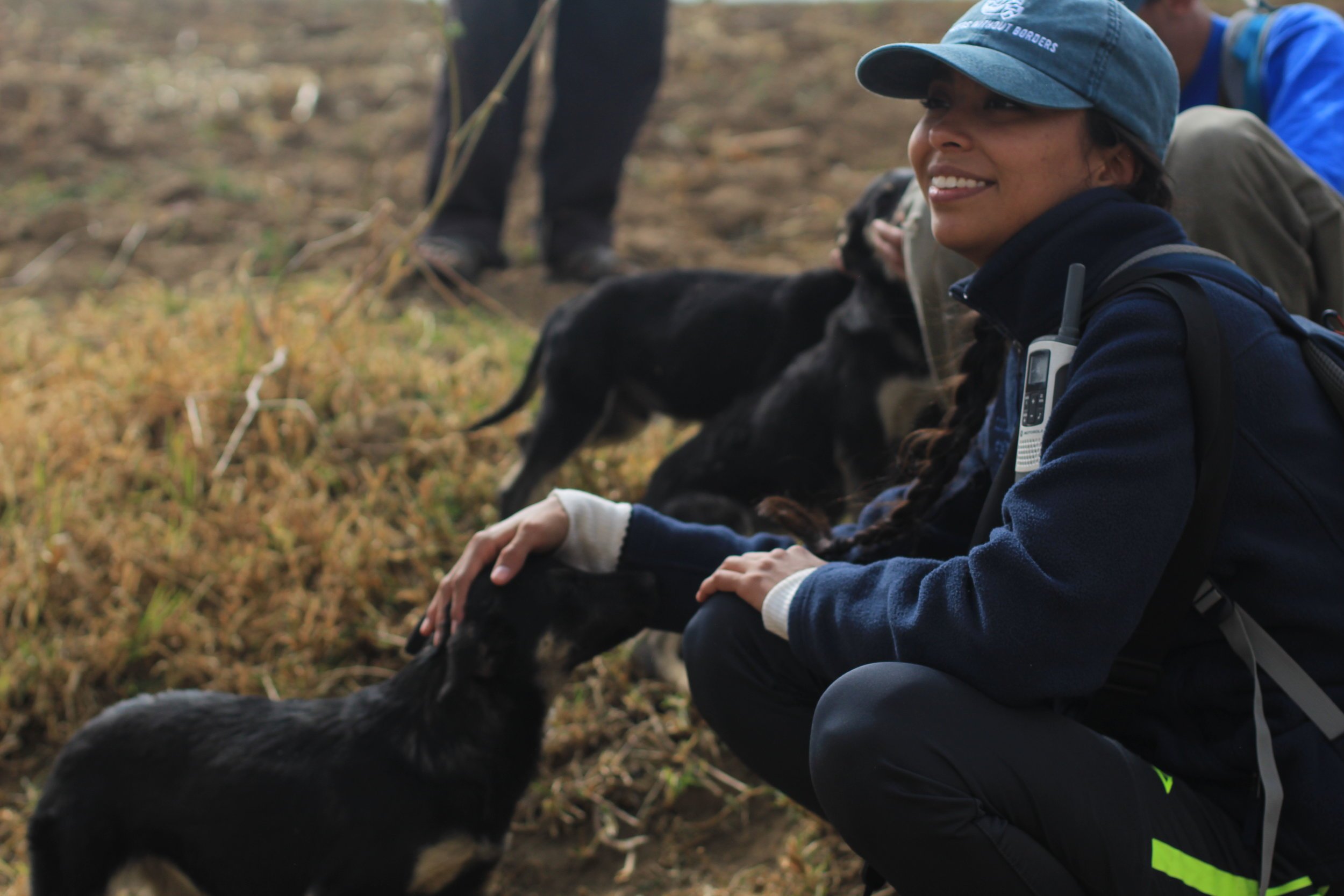
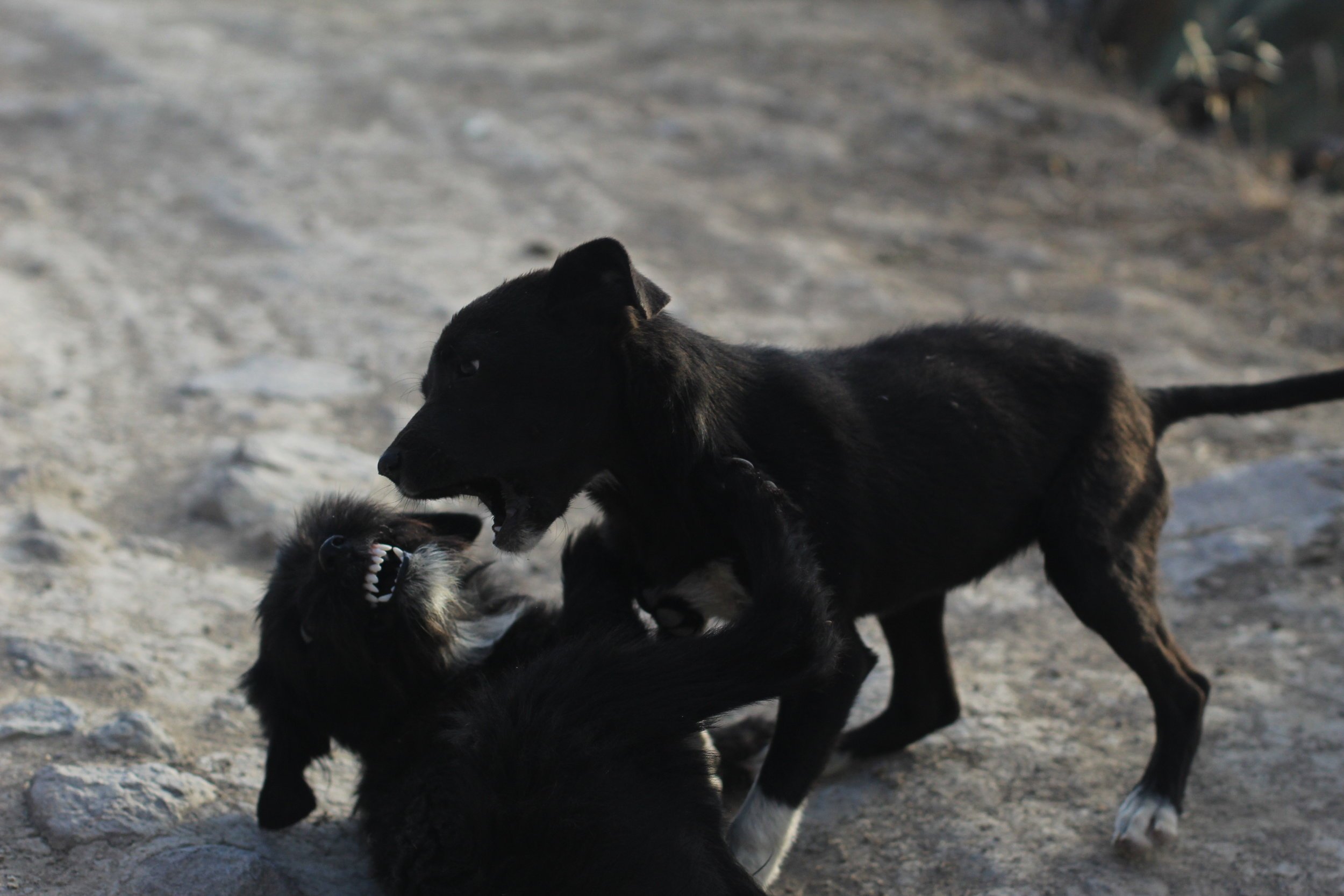
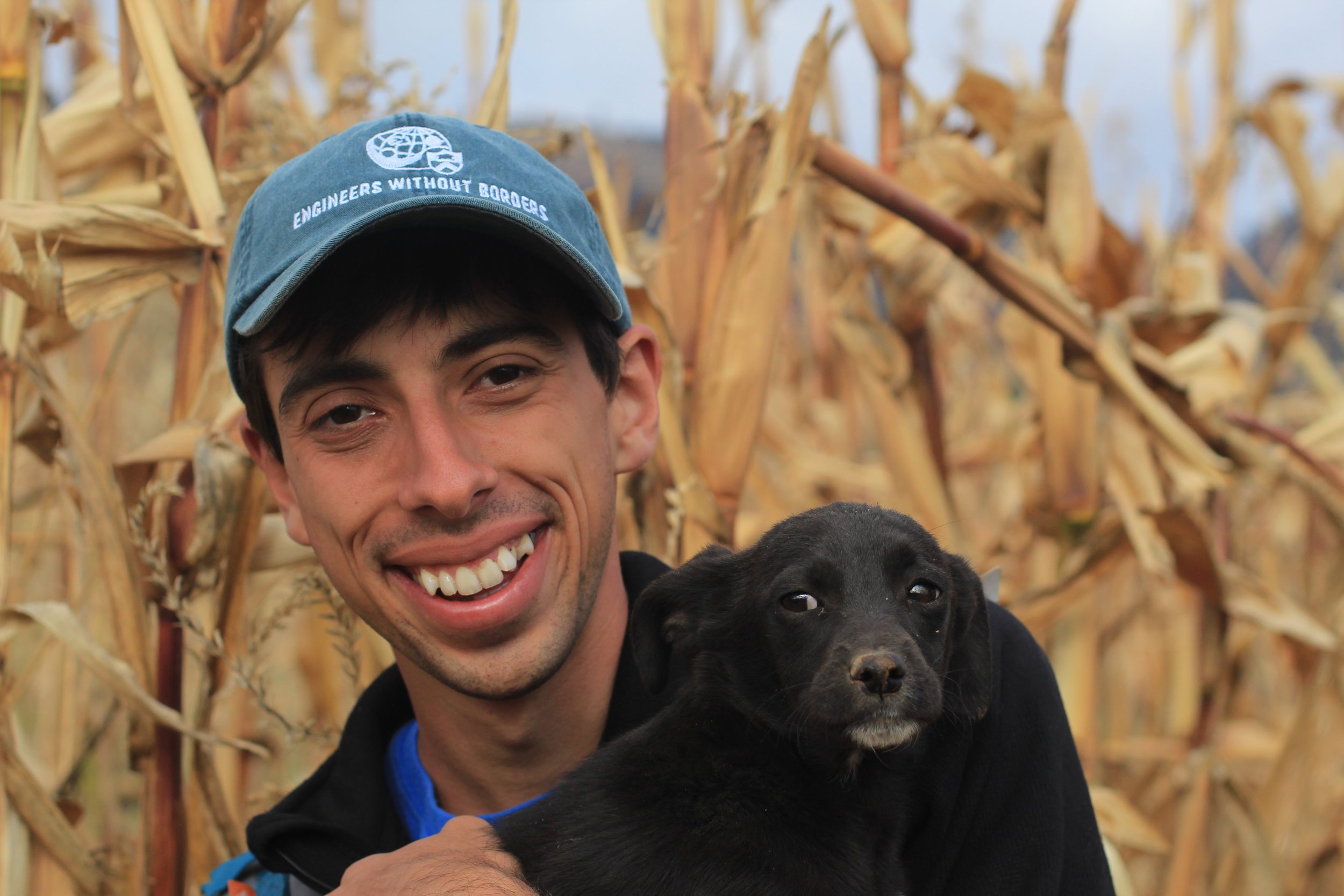
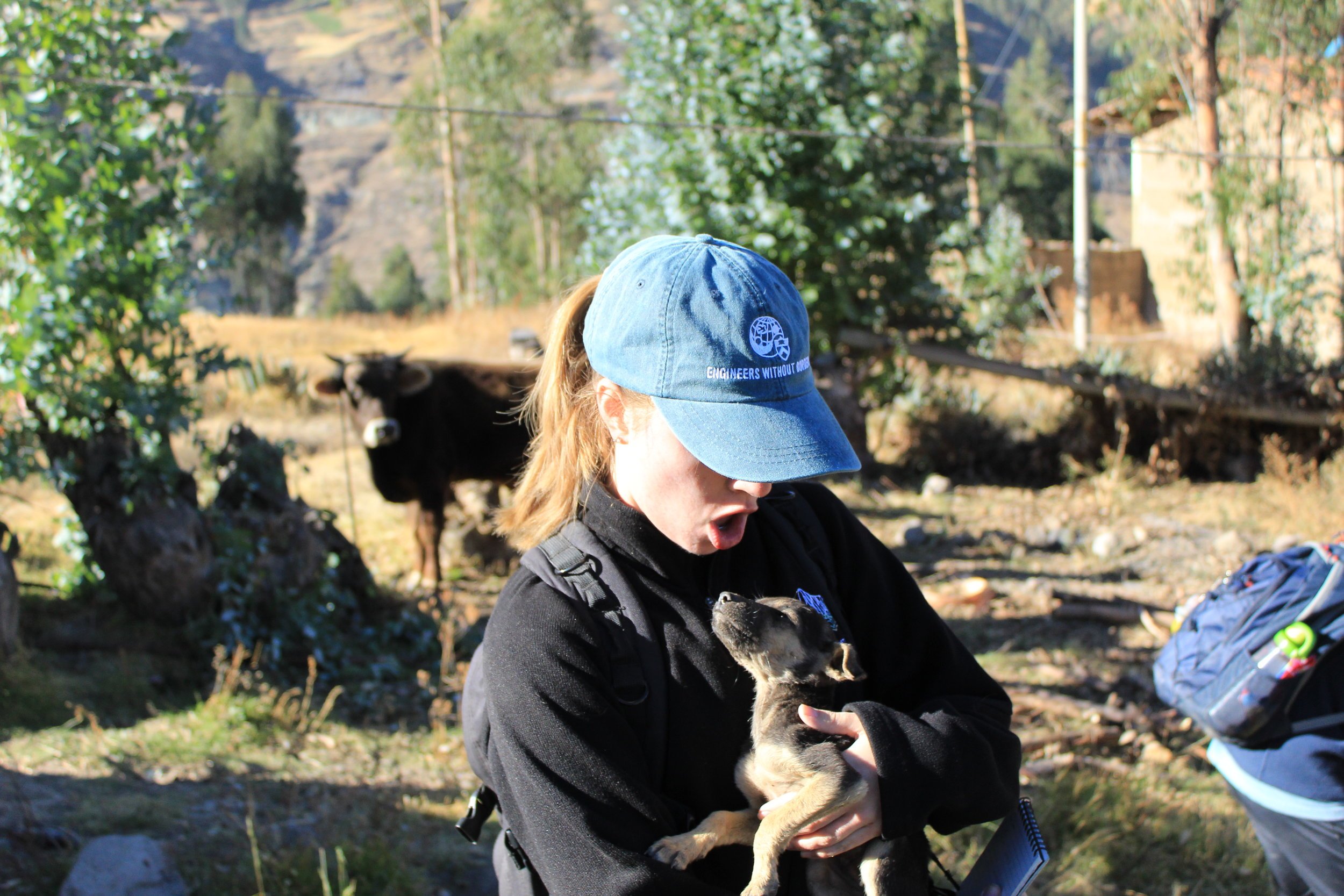
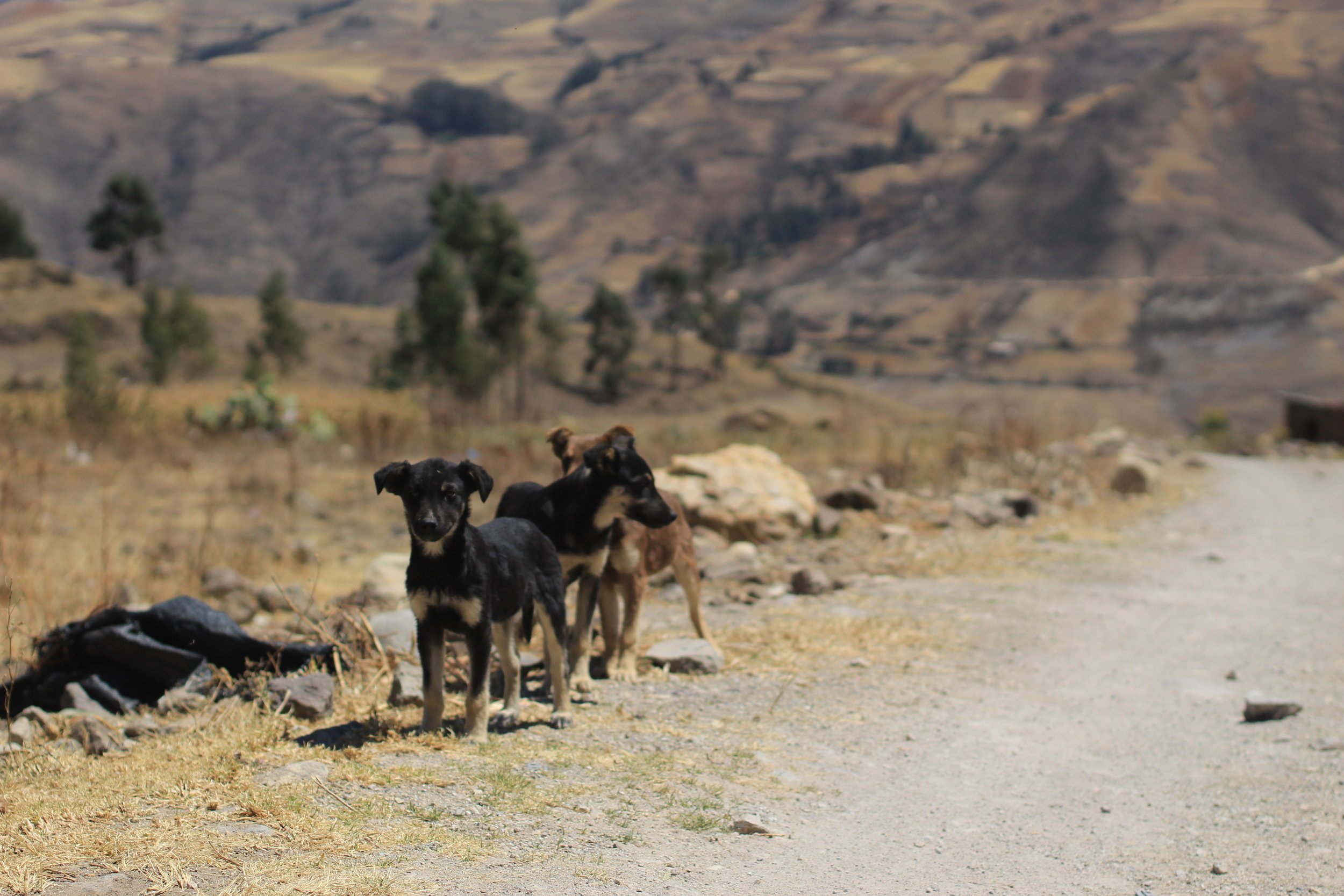
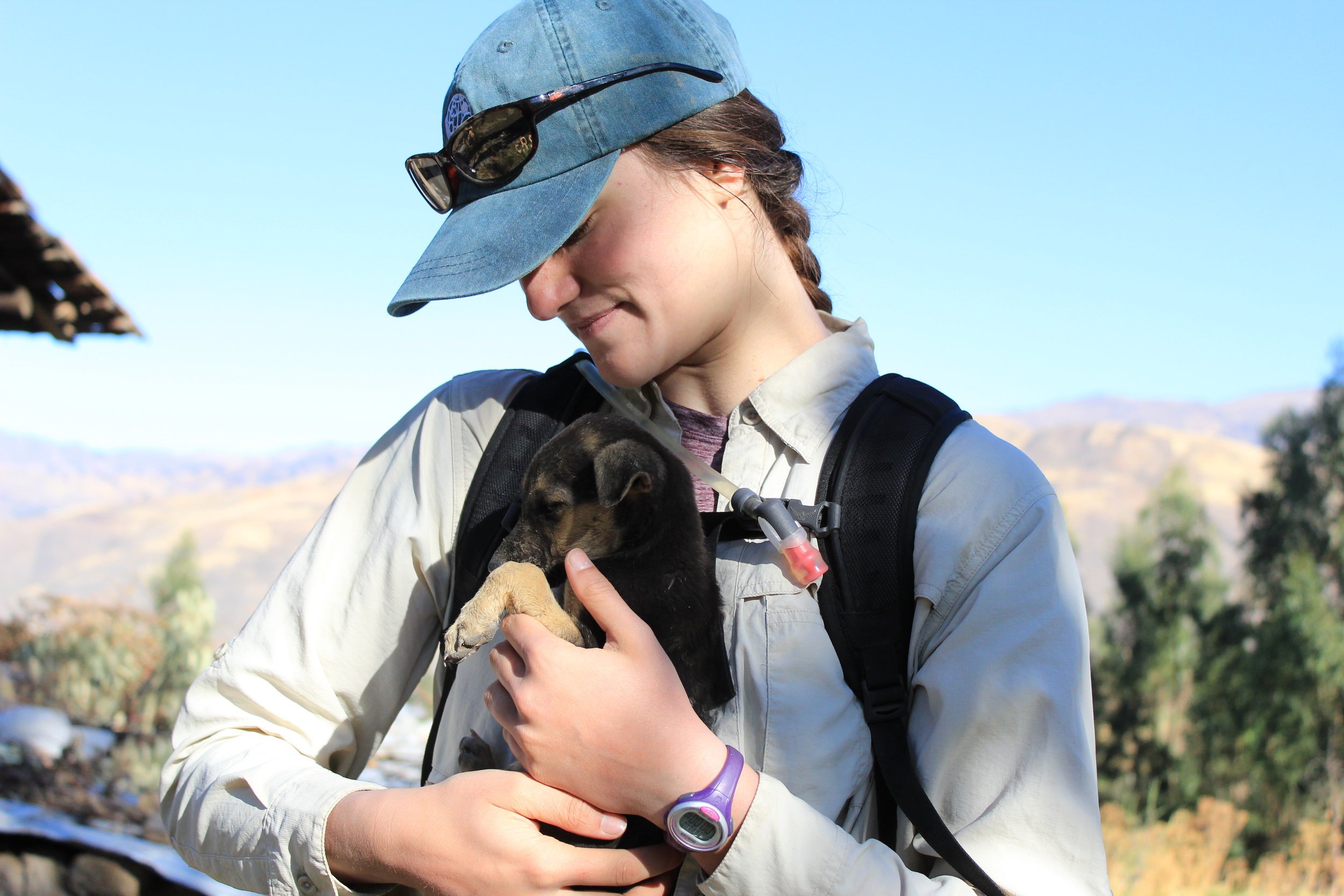
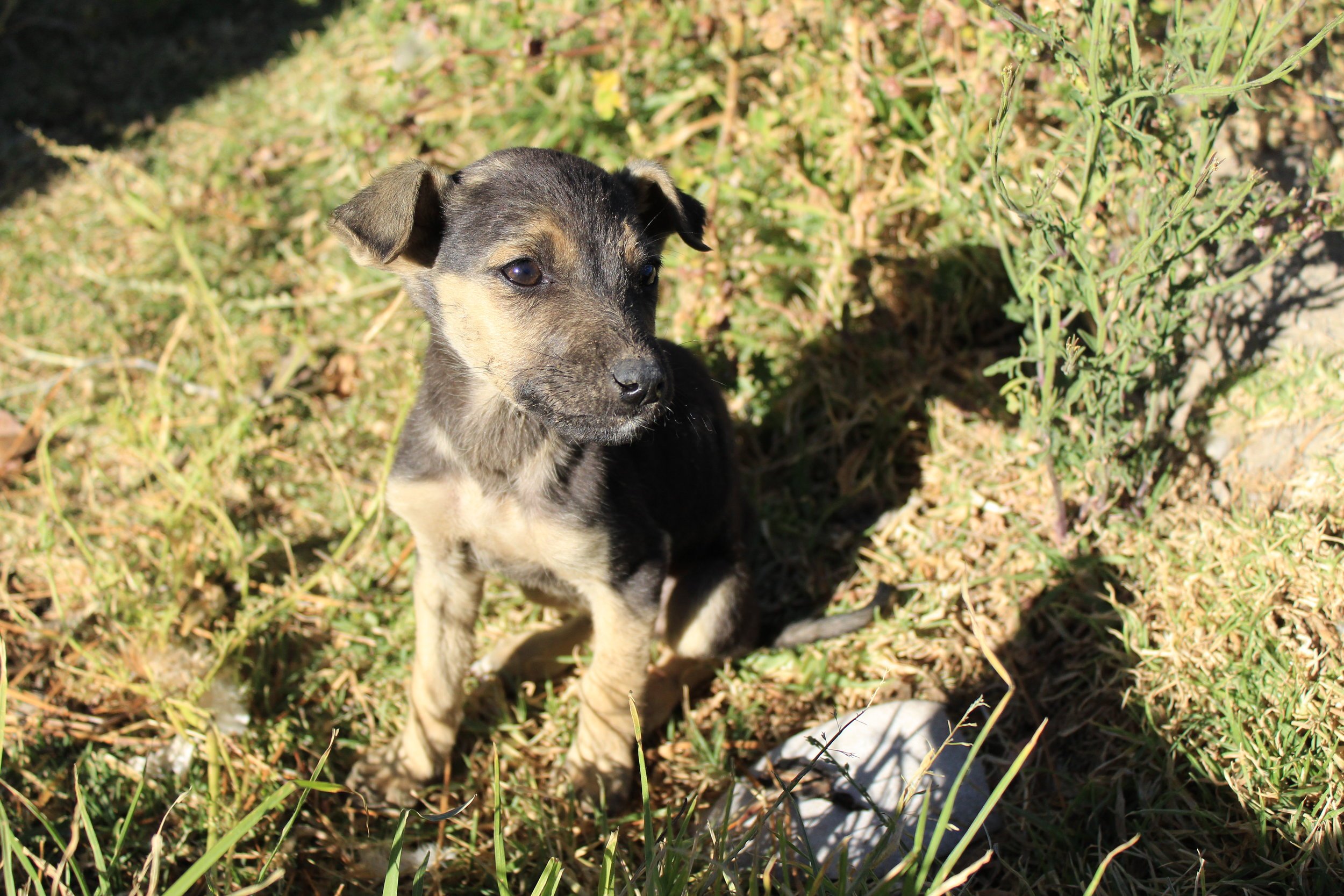
In Chimur in particular, we’ve found one dog family with a story which is irresistibly adorable. The four Chimur households are separated into two groups of two by a dizzyingly steep hillside (70 meters tall, to be precise). One of the house owners on the top of the hill, Don Gustavo, owns a dog which, upon first seeing it in one of our preliminary surveys, we declared to be exceedingly cute. Continuing our survey of the landscape, we reached one of the houses at the bottom of the slope and found two other dogs, both of which looked very similar to Don Gustavo’s dog. When asking the owner, Don Manuel, about these two other dogs, he explained that one of them was the son of the other and that the “wife” was Don Gustavo’s dog up the hill! This mother travels on a regular basis up and down this precipitous slope to see her “husband” and son -- a journey which we, on our two human legs, have found to be incredibly harrowing, requiring a complete surrender to gravity at some moments (i.e., sliding down the dust and dirt on one’s rear end). We’re thus consistently impressed by the dedication and bravery of Don Gustavo’s dog, whom we’ve nicknamed Kika (after Don Manuel naming the husband Kiko). Luckily for us, these three pups are always around as each will loyally follow around their owner everywhere (except for Kiko, whom we’ve been told hates the sun and mountains, a tough life to live in Pusunchás).
Ojo Blanco, the son of Kiko and Kika.
In addition to peña, penca, and puppies, the team also threw a party this weekend as Kristen celebrated her 19th cumpleaños, complete with an Otuzco-made peanut butter and chocolate torta (pastel, if you want to continue the “p” trend). Next week is our last full week in Pusunchás, and it’s bittersweet to see the work coming to a conclusion with each long day of sweat and tears. With 2019 being the fourth year of our collaboration with Pusunchás, this last week not only means the end of our work this year but the end of all construction efforts, as EWB policy limits projects to a five year duration (2020 will be dedicated to post-completion assessment). While progress has been slow with some hiccups, we remain optimistic that we’ll be able to meet this quickly approaching deadline, urged on by the dedication of Pusunchás community members to attacking the peña and the penca… and by the plethora of puppies whose presence continues to lift our spirits.
Female power helps finish a trench across a road in Chimur.
From left to right: Yulissa, Kristen, Claire, and Teresa (a member of the JASS who is invaluable to our work).






